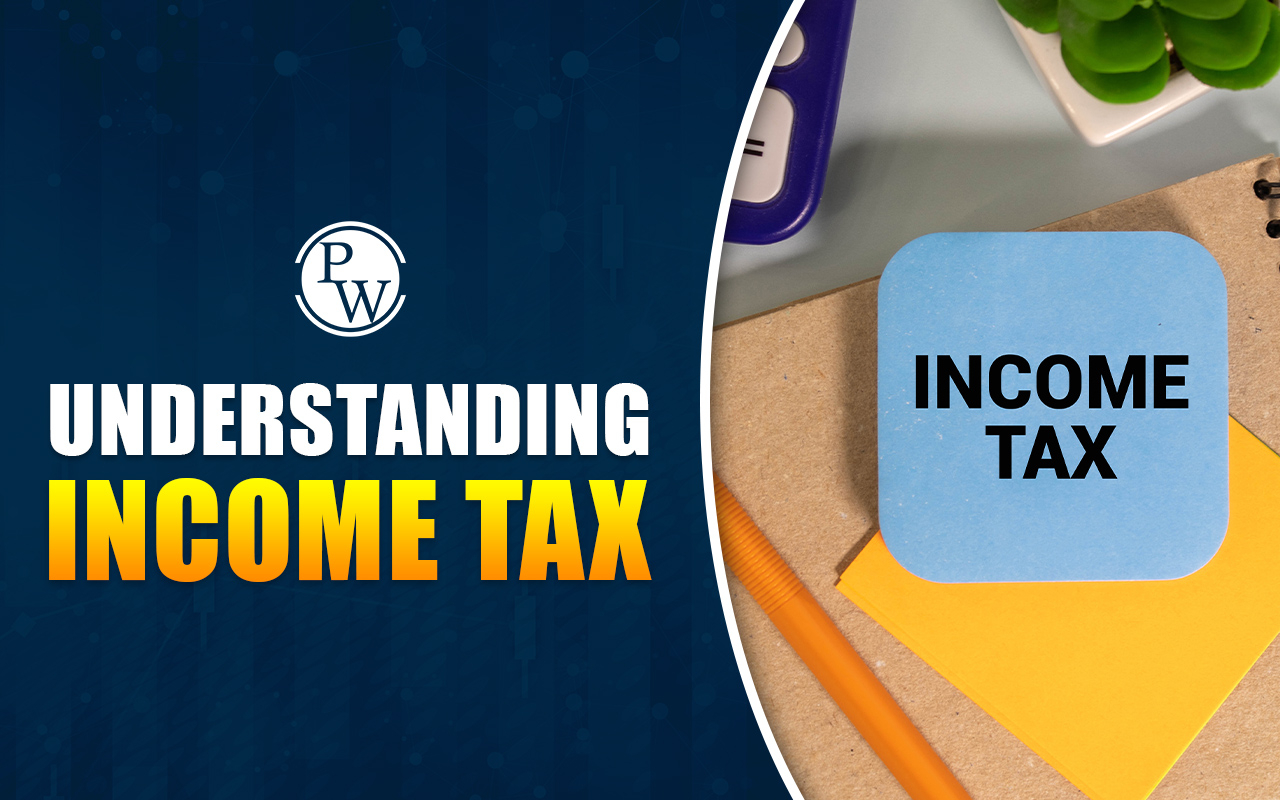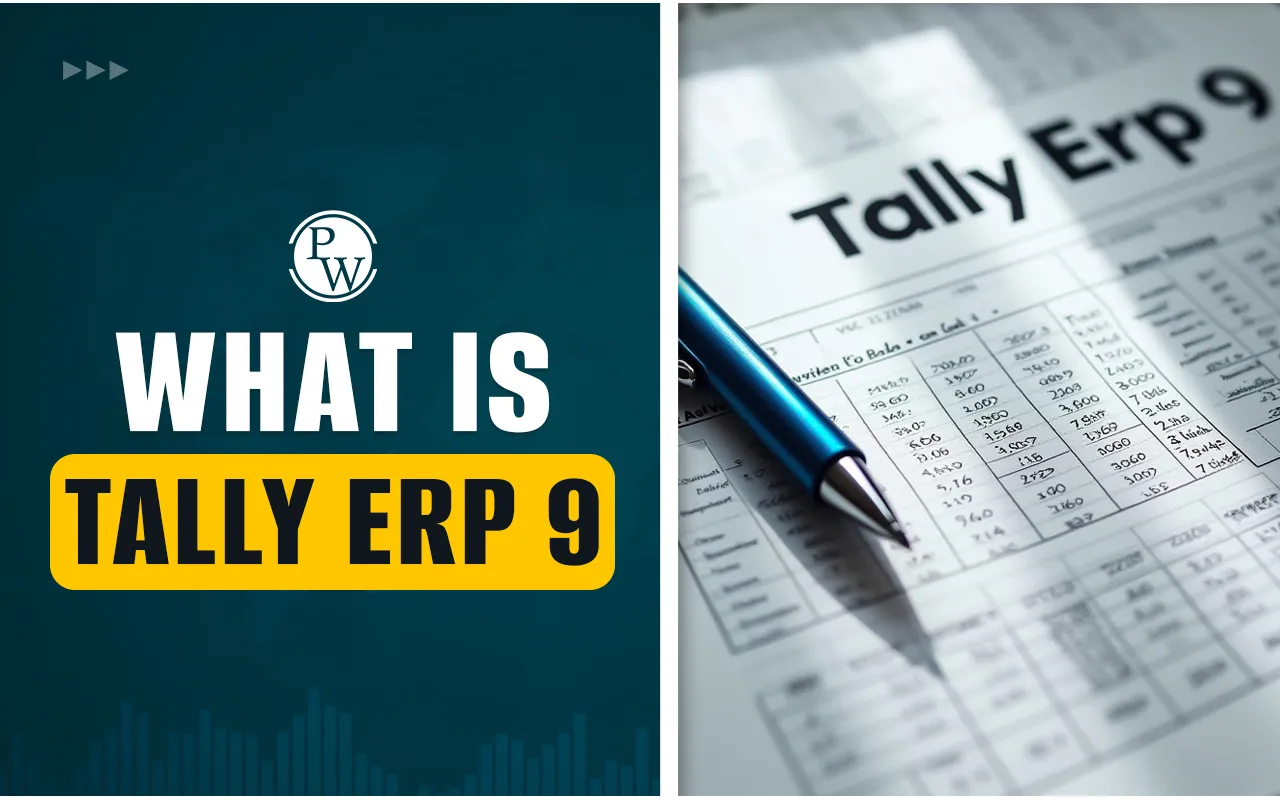
Checking Vs. Savings Accounts serve different purposes for individuals and businesses. Checking accounts are used for daily transactions and easy access to funds, whereas savings accounts are utilized for long-term savings and earning interest. Both of them are easily accessible to an average person and small businesses. Botht the accounts are relatively accessible to common individuals. Accounts held at a bank or finaicial institution allowing individuals to make deposits and withdrawal is called Checking Account, whereas accounts designed for holding funds intended to save and not for day-to-day transaction is called Savings Account.
Both types of accounts are convenient places to store cash. If we see in terms of checking vs. savings Accounts, checking is used and applicable for certain tasks as compared to the savings account, and vice versa. Check here to understand both types of accounts to manage money wisely.
Checking Account in India
Checking accounts are designed to serve the everyday banking purposes of an average person. It helps in the easy access of banking services like deposit and withdrawal of funds, funds transfer, etc.
-
A Checking Account in India is also known as Current Account.
-
These accounts are very easy to access and have no withdrawal or deposit limits associated with them.
-
On opening a checking account, the holders receive a debit card, a cheque book, and a passbook from the respective bank.
-
These accounts can also be managed through the online bank website and mobile banking services, which ensure easy access anytime and anywhere.
-
The main issue with a checking account is that banks offer minimal to no interest benefits to the depositors.
Savings Accounts in India
Savings accounts are used by individual depositors or businesses to store their money safely and earn interest on it. These are the funds that are not required for immediate use.
-
Banks and financial institutions impose certain rules and regulations for Savings account, which makes it a bit difficult to access.
-
A Savings Account may not always come with debit card facilities, and the banks may also impose limits on the number of monthly withdrawals.
-
A penalty is charged if the number of withdrawals per month is exceeded. A savings account may not also be used for online payments, although these obligation varies from bank to bank.
-
Banks and financial institutions offer a higher interest rate on the deposits of a savings account. It is much higher compared to Checking Vs. Savings Account.
Also Check: How To Change Career To Accounting?
Difference Between Checking and Savings Accounts
Savings accounts and Current accounts are two of the most common products offered by banks or financial institutions to individual depositors and businesses. Both accounts differ in terms of their functions, services, balance requirements, etc. The difference between Checking and Savings Accounts can be summarized as follows:
|
Difference Between Checking and Savings Accounts |
||
|
Characterstics |
Checking Account |
Savings Account |
|
Function |
Used for everyday transactions, daily spending, bill payments, etc. |
Used for holding money for long-term financial goals, emergencies, etc. |
|
Access |
Easy access to funds via debit cards and ATMs. Online transactions are also enabled |
Slightly harder to access funds (debit cards may or may not be provided), monthly withdrawal limits |
|
Interest |
Not usually, minimal to no interest rates |
Commonly given, higher interest rates in comparison to checking accounts |
|
Balance Requirements |
Varies depending on bank-to-bank |
Varies by product and banks, and may be required to waive monthly fees |
|
Fees |
ATM fees may be charged, and other fees like maintenance and overdraft fees are applicable. |
May charge monthly maintenance fees, which vary from bank to bank |
Checking Account Vs Salary Accounts
Checking Vs. Salary Accounts are both types of bank accounts and vary from each other in certain aspects. A salary account typically does not require a minimum balance, whereas a savings account sometimes imposes a minimum balance requirement. Other differences in Checking Account Vs. Salary Account can be summarized as follows:
|
Checking Account Vs Salary Account |
||
|
Characteristics |
Salary Account |
Savings Account |
|
Eligibility |
Employees with a monthly salary, employment proof |
General individual, no employment proof required |
|
Minimum Balance |
No Minimum Balance Required |
Requires a minimum balance to be maintained |
|
Interest Rates |
Depends on the bank's policy for the salary account |
Depends on the bank’s policy |
|
Benefits |
Salary Credits and other perks are provided |
Standard banking features, limited perks. |
|
Overdraft facility |
Often available |
Limited or not available |
Withdrawal Limits on Checking Account vs Savings Account vs Current Accounts
Their are separate set of rules which also vary from bank to bank for withdrawal limits on Checking Account vs Savings Account vs Current Account. A Checking Account is also known as Current Account; both terms are the same. Check here to know about the check withdrawal limit:
-
Withdrawal Limits for checking accounts are extremely flexible, and there are no limits generally. Most of the depositors can spend, deposit, and transfer as much as they want.
-
Withdrawal Limits with Savings accounts are limited to certain numbers per month. Although individuals can still withdraw after the limits are exceeded, they will then have to pay a penalty for each transaction.
Understanding the differences in Checking Vs. Savings Accounts help in choosing the accurate bank account type depending upon one’s specific requirements. There are no rules restricting individuals from using both types of accounts. They need to be clear on their specific requirements and choose accordingly.
The objective of the Certificate course in Taxation is to provide you with the skills, information, and practical experience you need to succeed in the field of accounting. This four-month hybrid program, taught on weekdays in recorded and live lectures, contains practical case studies guided by PwC India.
Checking vs. Savings Accounts FAQs
What is a Checking Account in India?
What is a Savings Account in India?
What is a Checking Account vs Salary Account?
What is the difference between Checking and Savings accounts in India?










